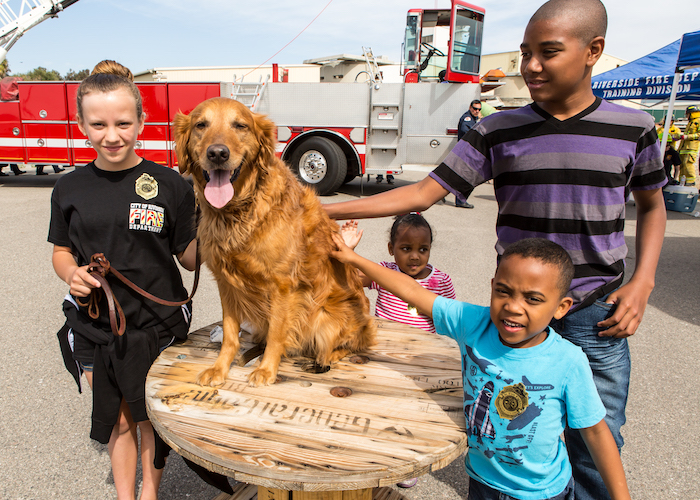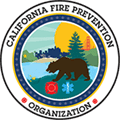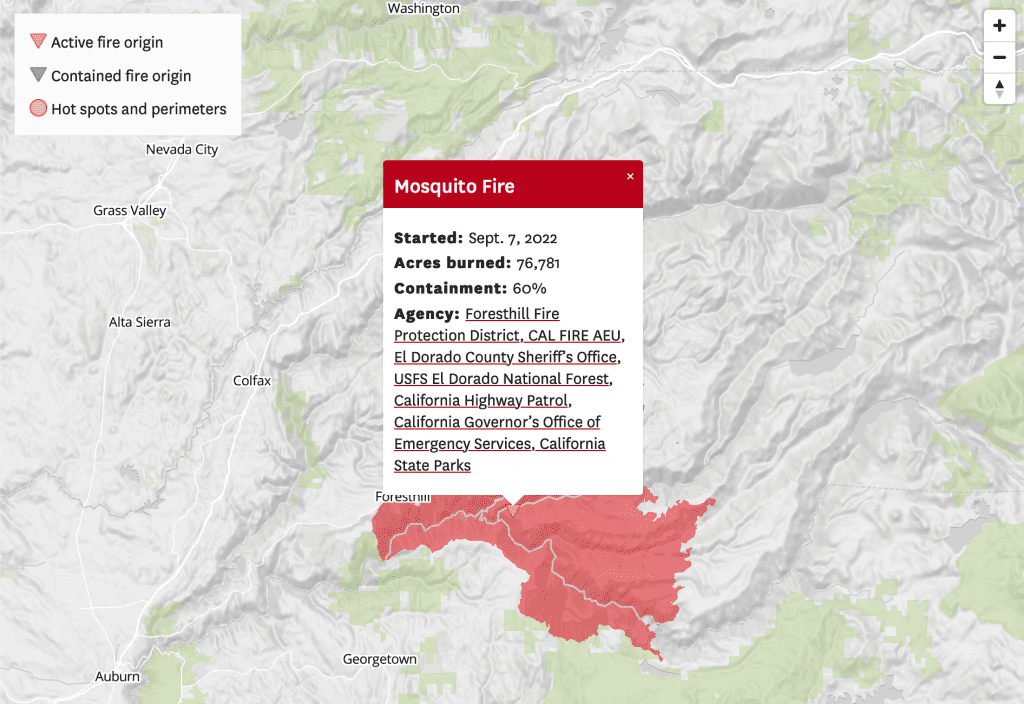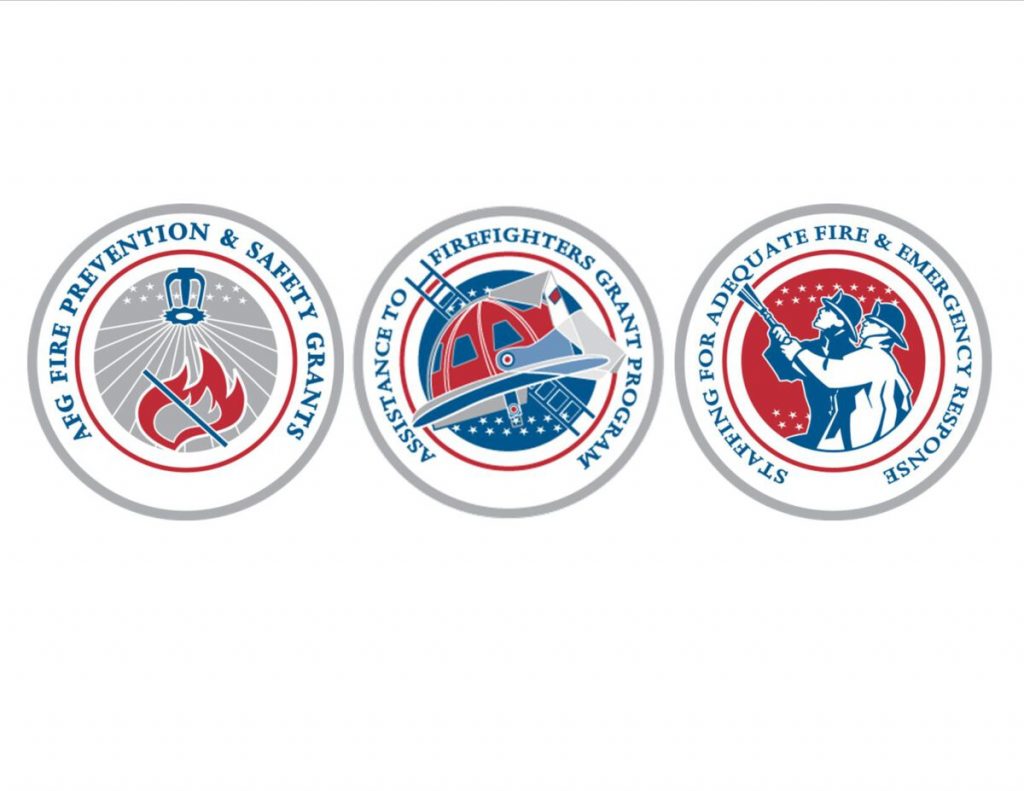Pet Safety
Pets Depend on Us
Our Pets Are Part of the Family
Know what to do if one needs help
Everyone loves their pets. If you have a dog, cat, horse, or even a single fish, you know how important these animals can be to our family’s happiness and security. We feel better having a pet (or two) around, and most of us feel that our pet is an important member of the family.
Pets need to be protected, just like other family members.

Pets are depending on us to help keep them safe, and to know what to do in the event one of them is injured or needs help. In the event of a wildfire, earthquake, or other disaster, protecting pets should be part of “the plan.”
The first thing to do is to download our Pet Emergency Safety Checklist.
You can learn more about protecting your pet via the California Animal Response Emergency System. Get the brochure here!
Fire Safety for Pets
- Pets are more at risk to fire than people!
- More than 30,000 pets die every year in home fires.
- More than 1,000 fires are accidentally started by pets each year.
Don’t Let Your Pet Be a Fire Starter!
Remove or lock the knobs on your stove.
Don’t leave candles or open flame unattended.
Pet proof your home (just as if you had a baby to take care of).
Don’t keep floor or space heaters near your pet’s bedding.
If your home is involved in a fire, immediately exit the home, following your “family escape plan” and coordinate everyone arriving at your “safe meeting place.” If your pet doesn’t come with you — DO NOT GO BACK IN THE HOUSE. Tell firefighters about your pet(s), and they’ll rescue them. Firefighters receive training about pet rescue, as well as basic pet EMS.
Pets are really smart, too
Watch how the family dog Franklin warns his young partner Ben and family to “Get Low and Go” to escape a house fire!
Make A Pet Safety "Go" Kit
Everyone should make an emergency kit for themselves in the event of a disaster. Pets deserve a kit, too, and making one is easy. Keep one in the house, close by to your overall pet supplies.
Suggested GO Kit contents:
- Keep at least 3 days of food in an airtight, waterproof container.
- Store at least 3 days of water specifically for your pets.
- Pack duplicate food and water dishes
- Most of us have friends or family that stand ready to assist with pet care if needed. Having a list of those people may be essential of your pet isn’t permitted in a shelter.
- Consider creating a list of pet boarding entities, and perhaps pet-friendly hotels nearby, in case you need to find a place to stay following a disaster or emergency.
- Your kit should include bandage rolls, tape and scissors; antibiotic ointment; flea and tick prevention; latex gloves, isopropyl alcohol and saline solution.
- Don’t forget a pet first aid reference book.
- Poop bags. Lots of them.
- Include pet litter and litter box (depending on pet type), newspaper, paper towels, plastic trash bags, and household (plain, NOT scened or with added cleaners) chlorine bleach to provide for your pet’s sanitation needs.
- You can use bleach as a disinfectant (dilute nine parts water to one part bleach).
- You can help your pet stay calm by providing his/her favoriate toys, chewys, and other items in your kit.
- If you’re using a crate to house your pet, see if there is room to add a favorite bed, but don’t stuff one in there that precludes safe movement.
- Keep a supply of medicines your pet takes on a regular basis in a waterproof container.
- List the name and contact 411 for your pet’s veterinarian.
- Talk with your vet about identification for your pet such as micro-chipping, and enrolling your pet in a recovery database.
- Keep up-to-date copies of your pet’s registration information, adoption papers, vaccination documents and medical records in a clean plastic bag or digitally in your phone or tablet.
- Your pet should wear a collar and identification. Include a backup leash, collar and ID tag in your GO Kit.
- If you need to evacuate for any reason, have a sturdy, comfortable crate/carrier to transport your pet.
- The carrier should be large enough for your pet to stand, turn around, and lie down
- In an emergency situation, even well meaning people may become separated from their pets. Keeping a photo of your pet, and a photo of your pet and you both in the same image will help to prove ownership, as well as aiding anyone attempting to locate either you or your pet!
Resources
Use these resources to provide care for your pets. These resources are active as of September 2022. Check online for an updated list, if a resource doesn’t work for you.



